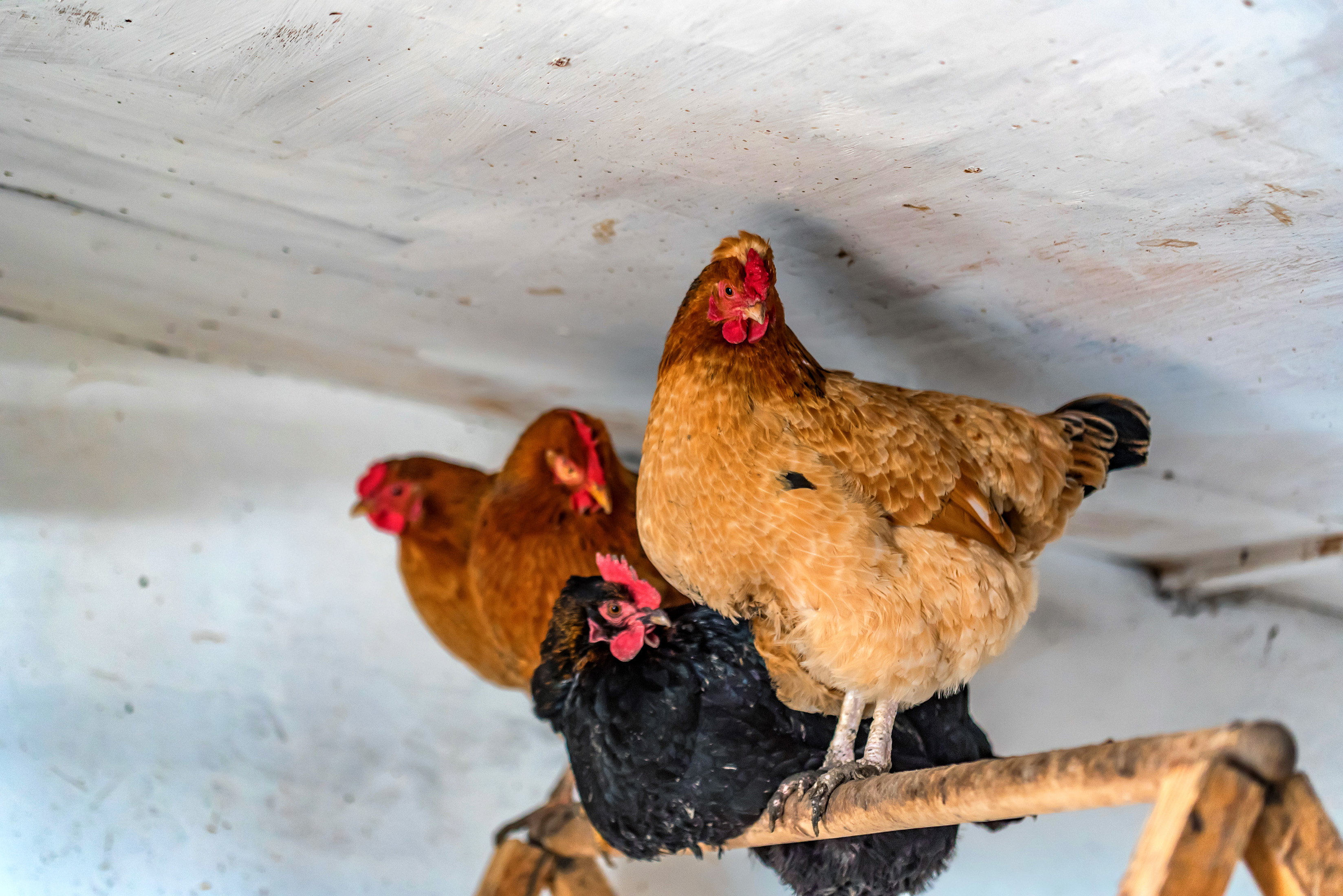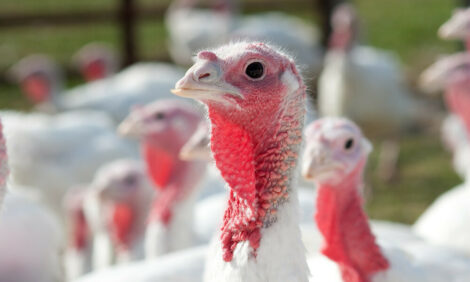



How to keep your chickens warm in winter
7 steps to protect your birds from cold weatherWhile it’s true that chickens are hardy birds, if they aren’t kept warm enough laying hens will stop producing eggs, while weaker members of the flock will become sick and find it difficult to recover in the cold weather.
While some farmers use heat lamps to keep their coops warm, these come with the risk of starting fires if they malfunction or aren’t properly maintained.
Here are seven steps to help ensure your birds are protected from cold weather.
Minimise drafts
Wind chill can increase the rate of heat loss from your coop. Because of this, as the nights draw in you need to make sure any air leaks are sealed well. If your coop is new you shouldn’t find many gaps, but if it’s more than five years old then chances are that parts of it will have started to rot and will need to be repaired.
The easiest and cheapest way to repair the holes is to screw a cut-to-measure piece of plywood over the hole. As long as your vent is working properly (see below), all the other gaps in your coop should be covered to prevent the temperature from dropping too quickly.
Keep your coop well ventilated
Although you shouldn’t have any large holes in the coop to let cold air in, you also have to remember not to reduce the air flow too much, as this will lead to serious problems like ammonia build-up. To guard against this you should ensure you have an adequate ventilation system in place.
Vents should be placed towards the roof of the coop, where the cold air isn’t able to flow directly onto your birds. By venting out the warm, moisture-laden air and replacing it with cooler, drier air, you will be able to keep the humidity down and prevent mould from growing in your birds’ bedding.
Ideally, your mesh vent will have a hatch that you are able to open and close. This way, you will be able to properly vent the coop during the day and close it up in the evening when it’s colder, or during periods of particularly heavy rain.
Use the ‘Deep Litter Method’
The Deep Litter Method is not only a sustainable way of managing the litter in your chicken coop, but it can also help to insulate your flock during cold weather. To start off with, simply layer pine shavings or similar organic matter over the floor. Instead of cleaning or replacing the waste your chickens accumulate, all you need to do is stir up the bedding with a light rake, and allow the natural movement of your flock to do the rest.
If it’s made properly, and regularly topped up with pine shavings, the litter will begin to form a compost layer that welcomes good microbes in, and allows them to consume the unhealthy bacteria in the chickens’ waste. Not only does this help to insulate your coop in the winter months, but it can also help prevent infestations of lice and mites – as well as being a far easier way to manage waste.
NB: It is important you do not use cedar shavings, as these can be toxic to chickens.
Use sunlight to trap heat
The days may be shorter in winter, but you can still use sunlight to capture heat during the day and help the coop stay warmer for longer during the darker hours. Well-insulated windows can act as a sun trap, especially if you have a dirt or dark slab floor, or if you make use of the Deep Litter Method.
Increasing the amount of ‘thermal mass’ your coop contains will also allow it to retain heat for longer. ‘Thermal mass’ is a measure of how well a material absorbs heat for later release. The more thermal mass is incorporated into your coop, the more steadily it will release heat after the sun has gone down. Materials like the compost floor, stone, or even concrete will retain more heat during the day, and release it throughout the night.
Make sure your chickens can roost
Ensuring your chickens can roost is vital if you want them to stay warm, as chickens naturally roost together and will fluff up their feathers to keep themselves snug. As a general rule, your roosts should be built at least two feet off the ground. Having access to a roost that’s above the floor makes them feel secure, and keeps them out of contact with the cold ground.

In winter it’s more important than ever to make sure all of your chickens have room to roost comfortably. To check that this is the case, look in on them in the evening with a torch. If one is on the ground then there’s definitely not enough space, and the roosts will need to be expanded. Roosts should be built at least two feet off the ground.
Make them a sunroom
Although it’s tempting to keep your birds locked away from the cold weather completely, your flock will benefit from being able to move around more freely. To give them more space, you can build a ‘cold frame’ or greenhouse-style addition to your coop, and cover it in clear plastic to keep them sheltered from the worst of the weather.
This way, your birds will have plenty of space and fresh air, but will still be protected from the wind, rain and snow.
Protect against frostbite
In the coldest months or during freak weather, breeds with large combs and wattles may be more susceptible to frostbite. To give them extra protection, you can cover their combs and wattles in petroleum jelly to keep off the worst of the cold.
Following these steps should ensure that your birds remain happy and healthy throughout the winter months. With proper maintenance of the coop, and proper attention paid to your flock, you can ensure that your birds remain cosy and keep producing eggs, however cold it gets for the rest of us.









